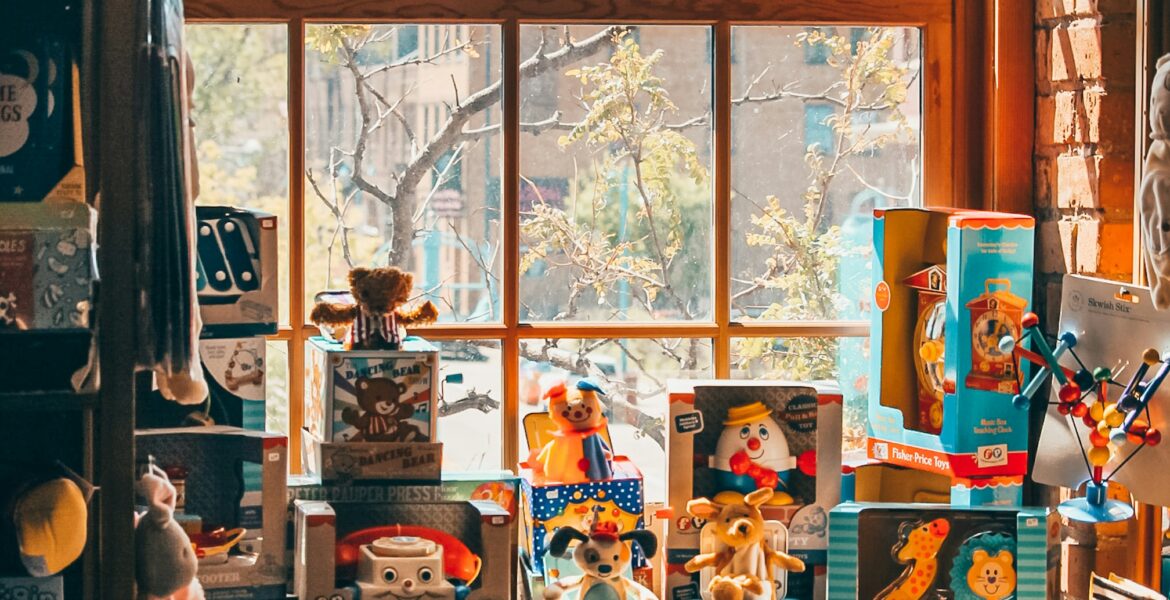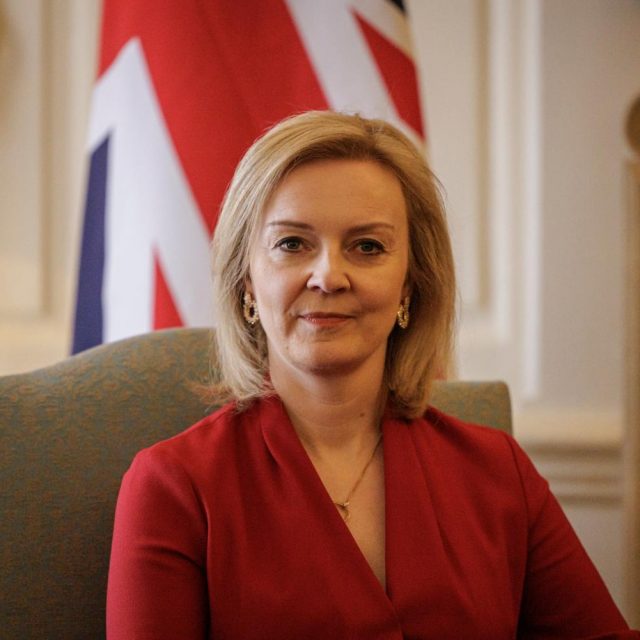MEPs have backed new rules that aim to decrease the number of unsafe toys sold in the EU single market and protect children better from toy-related risks.
On Tuesday, the parliament’s Internal Market and Consumer Protection Committee approved its position on an update of EU rules on toy safety unanimously, with 37 votes in favour.
The text, which also converts the current directive into a regulation, responds to a number of emerging challenges, including the changes in purchasing habits from online shops and the increased use of digital technologies
“There is no place in a child’s room for unsafe toys,” says Marion Walsmann MEP, the European Parliament’s lead negotiator on the issue.
“Although the European Union already has the safest toys in the world thanks to our robust rules, we will further strengthen the protection of children when it comes to toy safety,” Walsmann adds.
The new rules update the safety requirements that toys must meet to be sold in the EU, whether they are produced in the EU or elsewhere.
“We have had to adapt to the challenges posed by new technologies and the increasing number of products available online. Our top priority is to protect children as the most vulnerable consumers,” Walsmann explains.
The new rules establish a list of prohibited chemicals in children’s toys and list 19 substances, including aluminium, barium and lead, with specific limit values and lowering the maximum level for several of them. The list of substances subject to specific labelling requirements consists of 71 elements. A new digital product passport will replace the EU Declaration of Conformity for all toys, which will improve the detection of unsafe toys, especially from outside the EU.
The EPP Group said it believes that administrative burdens should be avoided, as they could create barriers to market access and will not help to improve toy safety, and that SMEs need more support to comply with the new set of rules set out by the law.




